Canada’s only authorized distributor
for AgEagle and Parrot drones.
for AgEagle and Parrot drones.
Canada’s only authorized distributor
for AgEagle drones.
LiDar Scanner – Hesai M2X
LIDAR Beams/Returns – 32/2
Pulse Repetition Rate – 640 kHz
Triple Cameras – ‡120° cross-track FOV combined
Camera Sensor – Triple 1’’ mechanical shutter, hardware mid-exposure pulse, 60 MP combined, RGB
SHARE THIS PRODUCT ON:
| Specification | Value |
|---|---|
| Data Collection | LIDAR + Imagery |
| Laser Scanner | Hesai M2X |
| LIDAR Range – Usable | 120 m @ 20% reflectivity |
| LIDAR Beams/Returns per Beam | 32/2 |
| Cross-track Field of View (FOV)/Combined | 120° |
| Pulse Repetition Rate | 640 kHz |
| Network Accuracy | Typical 3 cm* |
| Precision | Typical 3 cm* |
| Camera Sensor | Triple 1’’ mechanical shutter, hardware mid-exposure pulse, 60 MP combined, RGB |
| Mass | 1.16 kg (payload unit only – no accessories including battery, mount, antenna, power adapter) |
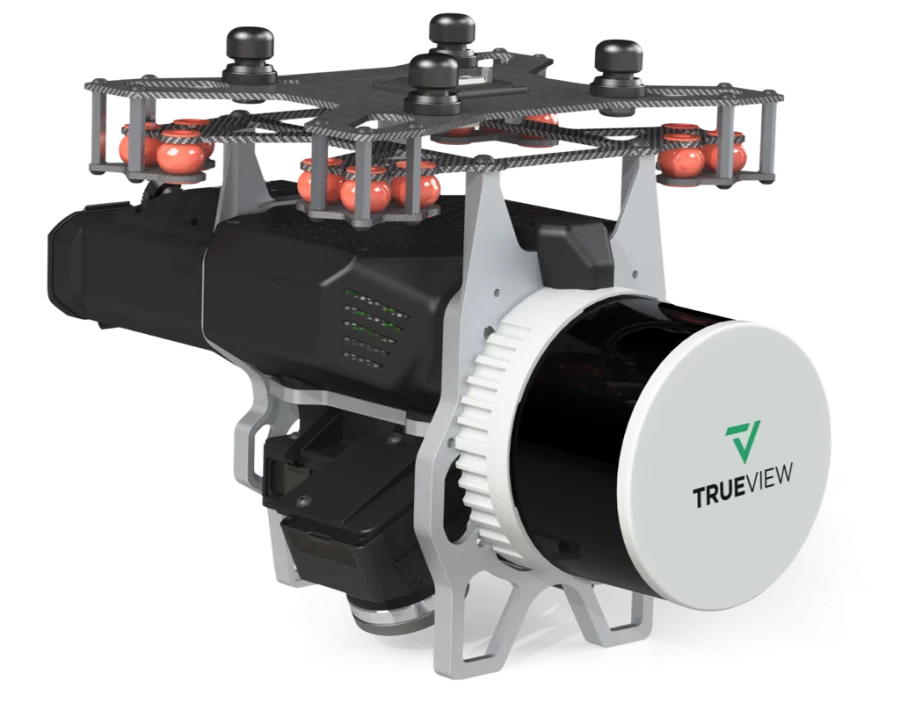

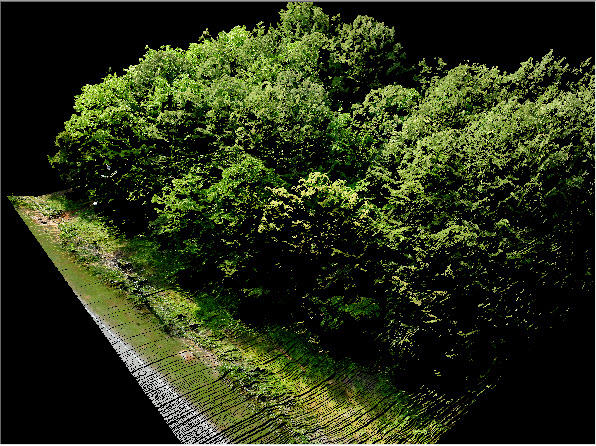
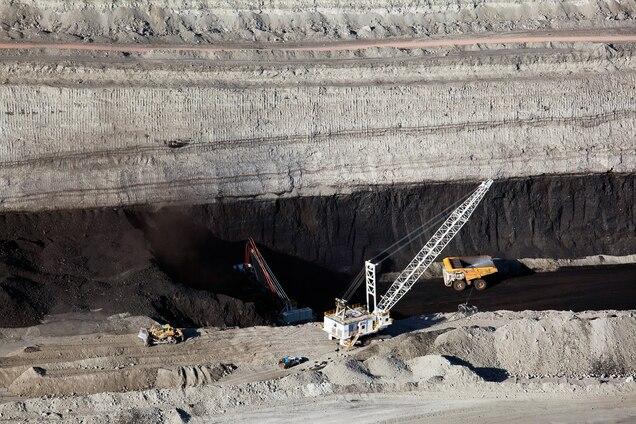
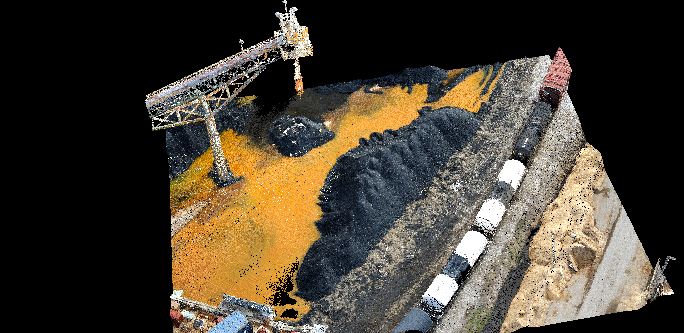
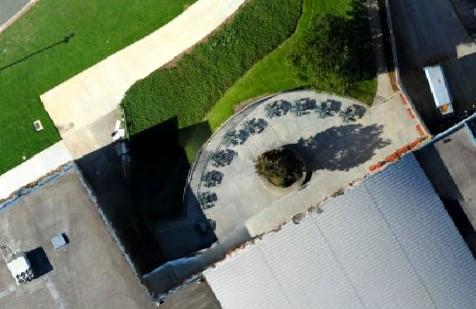
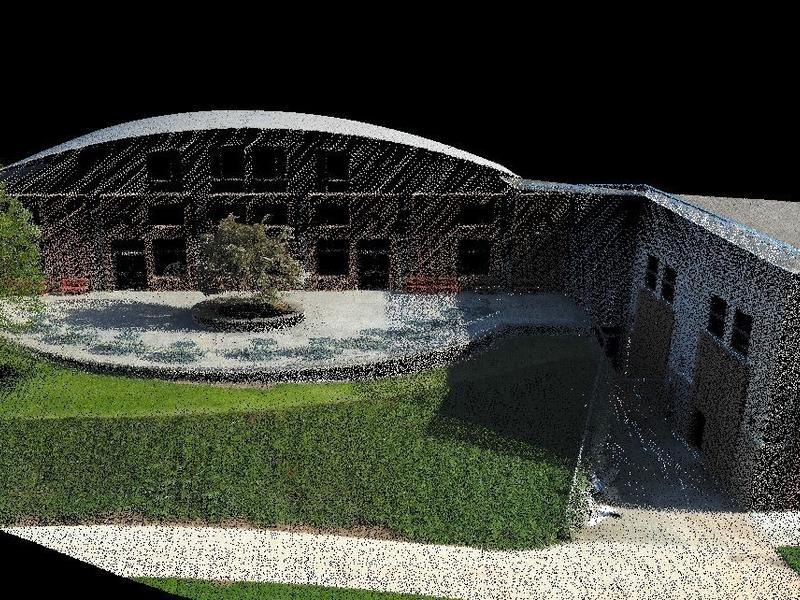
HARDWARE
ACCESSORIES/PARTS
SOFTWARE
SUPPORT
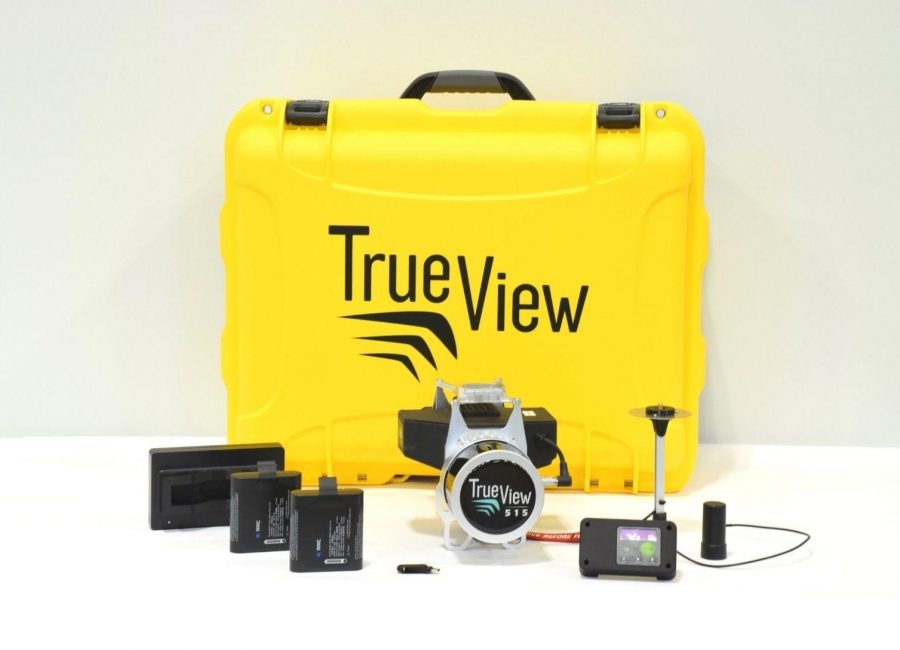
Looking for drone mapping equipment and accessories? GeoCue sells mounting kits, batteries, drones, base stations and spare parts partnered with our bundled solutions. Contact our sales team to discuss all your equipment needs.






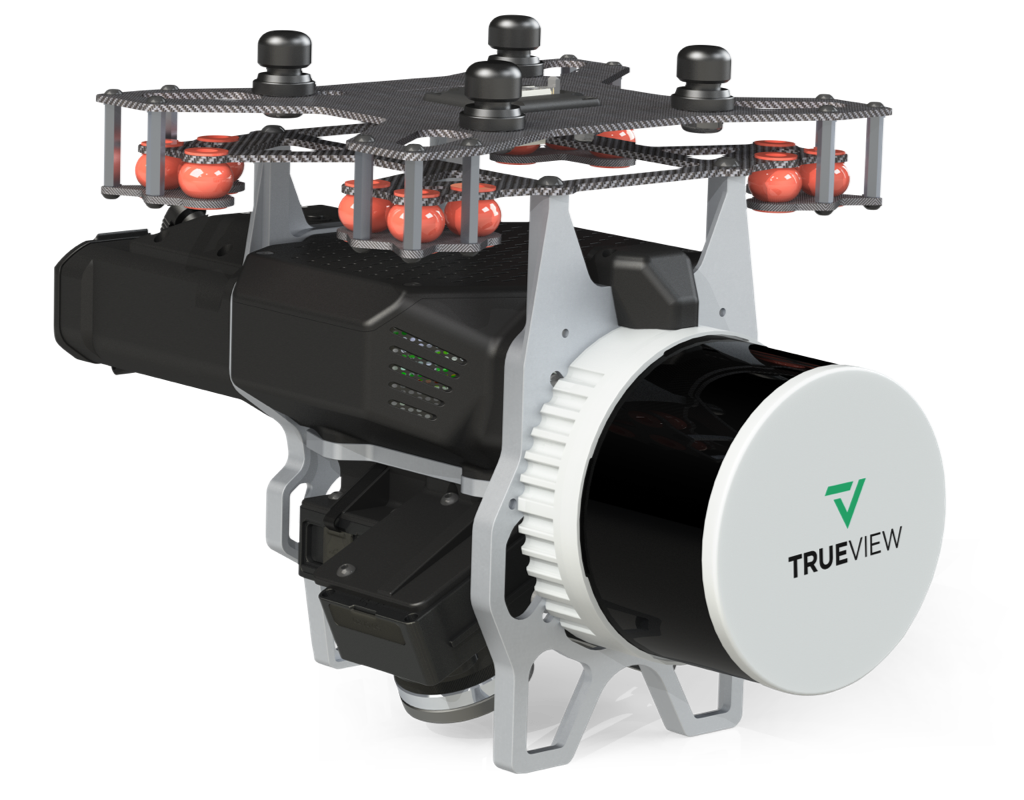
Explore Drone LIDAR at Low Risk and Low Cost
The TrueView 535 3D Imaging System is available under our subscription offering!
This unique business model that allows customers to acquire a TrueView 3DIS under a subscription model for periods as short as 1 month! This is an excellent model for seasonal use and surge capacity.
Our TrueView Rental Program works off a point system giving users the ability to control the usage of their subscription hardware and processing workflow.
| TrueView Subscription | TrueView 435 | TrueView 515 | TrueView 655/660 | |
|---|---|---|---|---|
| LP360 Drone | ✓ | ✓ | ✓ | ✓ |
| LP360 Desktop Photo | Optional Add-On | ✓ | ✓ | ✓ |
| LP360 Strip Align | ✓ | ✓ | ✓ | ✓ |


Our TrueView 3D Imaging Sensors were designed as a lightweight payload to allow flexible integrations on numerous drone platforms. We have worked with several drone providers to provide customers the complete drone mapping solution they are looking for. Don’t see the company you’re looking for, contact our team and we can discuss custom intergrations!






LiDar Scanner – RIEGL miniVUX-3UAV
LIDAR Beams/Returns – Up to 5 per outgoing pulse
Pulse Repetition Rate – Up to 300 kHz (selectable)*
Position and Orientation System (POS) – (655) Applanix APX-15 | (660) Applanix APX-20
Camera Sensor – 3 Sony IMX-183: 1”, 20 MP, RGB -> 60 MP per payload
Have questions about the TrueView 515 system? Review our TrueView 515 FAQ.
TrueView 3D imaging Sensors are designed and manufactured in our Huntsville, Alabama, USA facilities.
Data from a standard LIDAR system can be used to generate a 3D monochromatic point cloud.
Attributes of the point cloud typically include:
• X, Y, Z position in an exploitation spatial reference system (SRS)
• High resolution GPS time of pulse
• Intensity of the laser return
• Return number (if your LIDAR is multiple return capable)
• Scan angle (angle of the beam relative to nadir when this point was detected)
• Flight line (swath) ID
Note that no color (or, in general, radiometric) information is contained in the above information. A 3D imaging sensor (3DIS) includes both a laser scanner and one or more synchronized photogrammetric cameras (the TrueView 515 includes two Red-Green Blue photogrammetric cameras). The system is designed to achieve a coincident field of view (FOV) from all sensors. Post-processing software colorizes the points from the camera imagery to add, in the case of the TrueView 515, Red-Green-Blue (RGB) values for each LIDAR point. Note that the camera system in a 3DIS is not restricted to RGB cameras.
Derived products are what the name implies – analytic data derived from the base TrueView 515 products. These are generated using workflows and tools within LP360 Drone.
Examples of derived products include:
• Classified ground model – 3D LIDAR points that represent bare earth. These are generated using both automatic and manual editing tools in LP360 Drone
• Automatically derived planar surfaces such as building roof prints
• Topographic contours
• Automatic and manual digitized stockpile boundaries (“toes”)
• Volumetric analysis such as stockpile volumes and cut/fill computations
• Profiles and cross sections
• Automatic rail extraction tools (classified rail points, vectorized center line)
• Automatic power line extraction tools (classified wire points, vectorized catenaries)
• Gridded elevation models derived from ground points and first surface points
In addition to the above, LP360 Drone supports feature-constrained (“breakline enforced”) modeling. This allows creation of surface data that is constrained by features such as water body boundaries, edge of pavement, downstream flow, retaining walls and so forth.